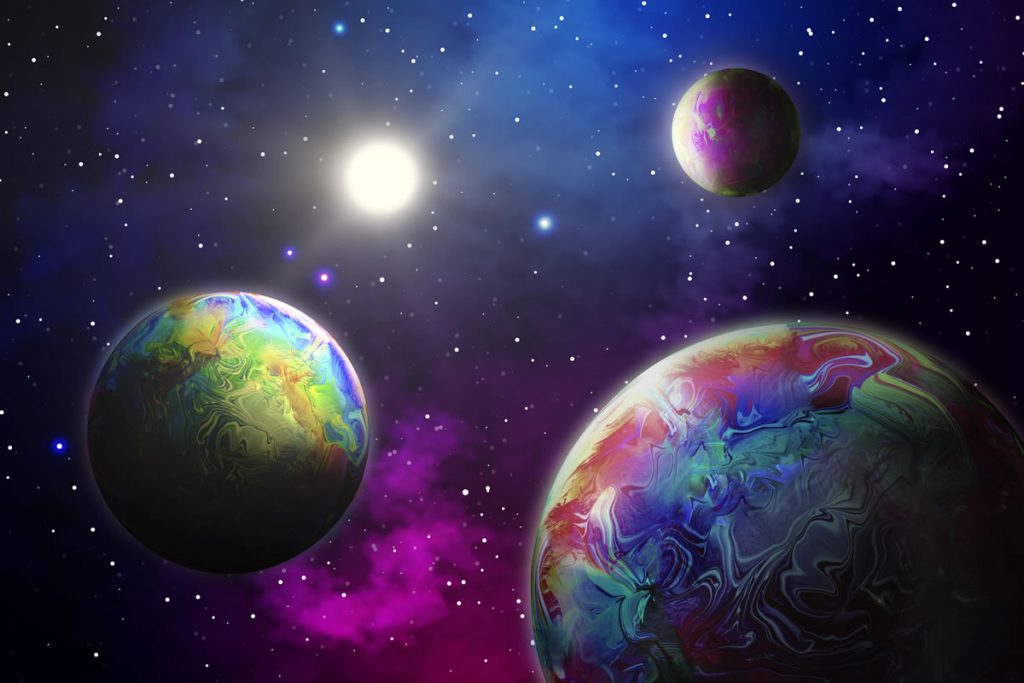Have you ever wondered what a planet is? Well, we could say that a planet is a great mixture of matter that has gathered enough gravity, gas and dust to form . But beware, that everything that is swarming through the solar system is not necessarily a planet, since to be considered as such it must gather some things, such as orbit around the Sun, be large enough so that gravity can clear of its orbit objects of similar size and that gravity is also necessary to give it its spherical shape. But the criteria for identifying a planet have changed a lot, and may continue to do so in the future, as we still have a lot to learn about the Universe .
Earth and three other planets (Mercury, Venus and Mars) are made of rock and contain minerals such as feldspar or metals such as magnesium and aluminum, of common origin, just like Pluto. But the rest of the planets are not made of solid materials (Jupiter, Saturn, Neptune and Uranus) and Jupiter, for example, is composed mainly of helium, hydrogen and water, which is why they are called gaseous planets.
In addition to our solar system, planets also exist in other places, and we call these planets “exoplanets . “ Many of them also like to circle the stars, like our normal planets. And they are so pretty! We know this thanks to the fact that, over the years, many astrologers have discovered that other worlds exist even beyond our solar system, and they hope that many of them can support life, like ours. What would be amazing?
Specifically, in 1930, nine planets had already been discovered: Mercury, Venus, Earth, Mars, Jupiter, Saturn, Uranus, Neptune and Pluto. How sure you already know them all? As you will surely also know that, recently, the scientific community has agreed that Pluto is not actually a planet as such, so the list of our planets has finally been eight. Pluto has finally been called the “dwarf planet”, because it does not meet the three parameters that a planet must meet to be really such and that we saw before. Pluto does not have an object-free orbit!
Did you know that Venus is the brightest planet in our sky and that it can sometimes be seen perfectly from wherever we are? You just have to learn how to locate it!
Other curiosities about the planets
- It takes Mercury 59 days to make one rotation, but only 88 days to go around the Sun. That means there are less than 2 days in a year, isn’t that amazing? Furthermore, many astronomers are convinced that Mercury must have been a much larger planet at some point in the past .
- Jupiter is the largest planet in the solar system and rotates very rapidly on its axis, to such an extent that a day on Jupiter lasts only 9 hours and 55 minutes.

- Saturn is the second largest planet and also the lightest. It is believed that the curious rings that surround this planet could be the remains of a moon destroyed by its own gravity.
- The planet Uranus almost competes with Saturn for the rings, although it fails to win because those of Saturn are much more defined. Of course, Uranus wins out being the laziest planet … Because it orbits as if it were sleeping on its side!
- Neptune was discovered in 1846 and has a dark spot that was caused by a storm. Did you know that a year on the planet Neptune lasts 165 Earth years? It is fascinating!












































































































Recent Comments